4 Iowa athletes who fell in love with yoga
When preparing to run a marathon or ride RAGBRAI, yoga likely isn’t at the top of the training schedule. But these four Des Moines-area athletes have used yoga to reach new levels of physical and mental achievement.
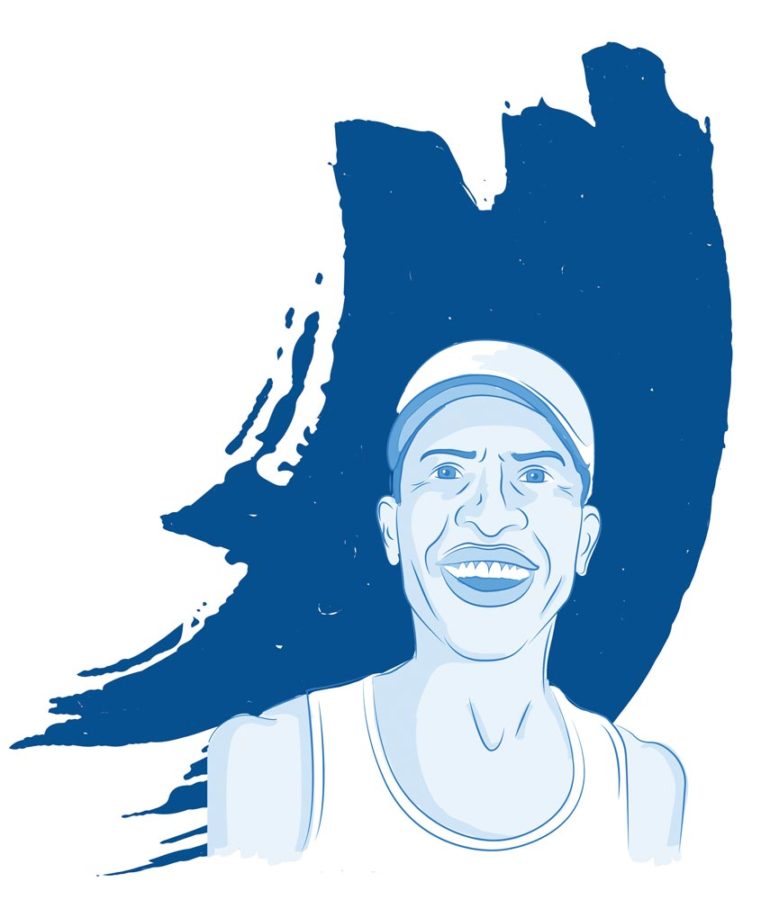
Richard Mockobee
Richard Mockobee wakes up around 3:50 a.m. each day, and by 4 a.m., he’s on the pavement, running five or six miles before heading to his job at a bank. The 50-year-old has been a runner nearly half his life, completing five marathons and a Booneville Backroads ultramarathon.
“The first time I ran was horrible,” Mockobee said, noting he was a smoker when he started. “I was at the back of the pack, I was slow, I didn’t really know what I was doing.”
Mockobee started running with the Capital Striders — a local running club that has grown into a nonprofit organization — then led by Steve Bobenhouse, now the president of Fitness Sports in Des Moines.
“[Bobenhouse] said, ‘Come with me and I’ll show you the proper stride and teach you how to run within a group of people,’” Mockobee recalled. “It’s almost like being in a triathlon: you learn road etiquette, how to run behind people, how to run beside people, how to call out when you’re coming up on them.”
“The big lessons that I learned were you can’t just go out and do a seven-mile run without actually preparing your body. The days you don’t feel like doing it you just have to get up and go do it.”
But after his 40th birthday, Mockobee said he “hit a wall.” He found himself thinking a lot about death, and suffered an anxiety attack that sent him to the doctor. He was prescribed anti-anxiety medication but didn’t like the way it made him feel.
Yoga helped me bring that back in and go within me to focus on my breathing.
He started watching yoga on TV, mimicking the movements. He bounced around from the YMCA to studio drop-in classes before encountering a public yoga demonstration while preparing for the Des Moines Marathon. The teacher and her husband were opening a new studio, Power Life Yoga. There, Mockobee’s “journey to yoga” began in earnest.
He now practices yoga five or six days a week, including one restorative yoga class — usually yin yoga, which he said is “geared towards athletes … working all those opposing muscles, those tissues, those ligaments that you need to have for running.”
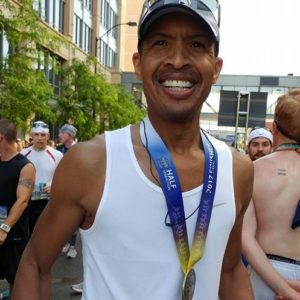
“It taught me how to be on my feet longer and get the mental toughness you have to for marathon running,” Mockobee said of yoga. “When you’re out there for three or four hours trying to do a 19- or 20-mile run, your mind tends to wander. Yoga helped me bring that back in and go within me to focus on my breathing and to give myself a little mantra to get myself through those runs.”
Mockobee’s biggest tip for runners? “Yoga, yoga yoga,” he said. “Yoga is not a 100-percent cure-all for injuries but it can lessen the effects so you’re not as injured as long, you’re able to bounce back a little faster … I like to call it active recovery.”
After decades of running and yoga, Mockobee has found a training recipe that works well for him, and has no plans to slow down.
“The lessons I’ve learned [are] all due to trial and error — a lot of error, if anything,” he said. “I’ve been hurt, injured and I’ve gotten up, dusted myself off and gone back at it. I never stopped.”
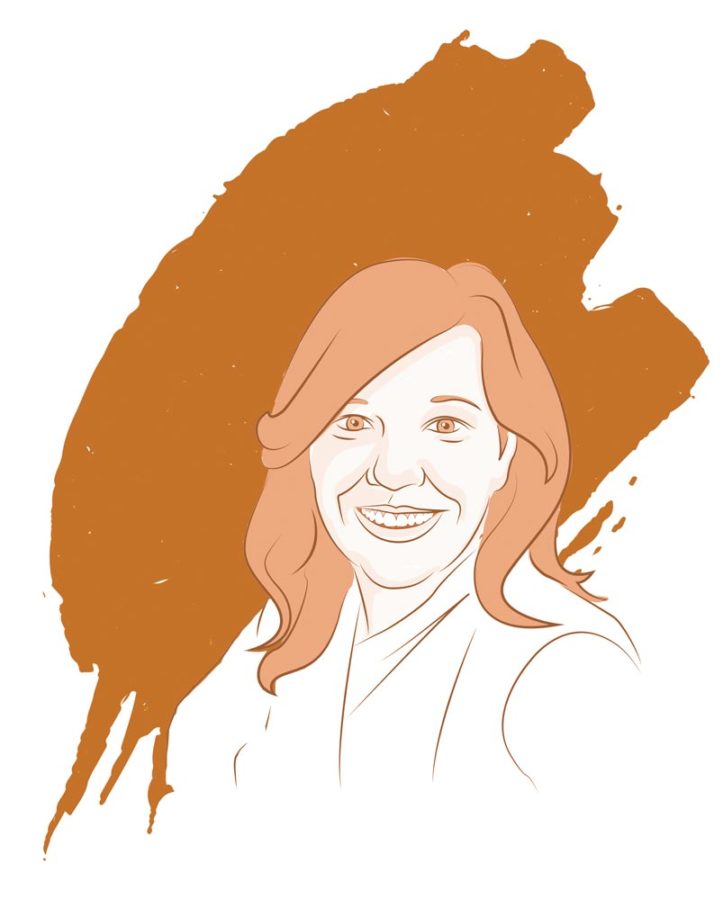
Carrie Phelps
In March, Carrie Phelps opened New U Yoga in Ankeny, offering more than 20 yoga classes and life/wellness coaching. Though she’s been a fitness instructor for two decades, her yoga and life-coaching career grew from a difficult period in her life.
“I was actually going through a divorce and losing my dad to cancer. That’s how I found yoga, is I needed a different way to de-stress, because how I knew how to destress was to go running or biking or killing myself at the gym and I thought I’m going to kill my body! I need to find another way,” said Phelps, who got her 200-hour certification in 2014 and taught yoga at a gym for the first three years. “I saw the transformation it had on my life, and just started teaching it.”
I feel like running is a moving meditation.
A heated power yoga class helped convince the fitness-minded Phelps that yoga could also provide an intense cardiovascular workout. Since, Phelps said she has built strength with power vinyasa yoga, trust with aerial yoga and flexibility and relaxation with restorative yoga.
It’s a new kind of cross-training for the seasoned athlete. Phelps has completed eight or nine half marathons (leg cramping kept her from attempting the full marathon). She has also ridden one day of RAGBRAI for four years.
“With biking, it’s a great way as you age to have social time with exercise time … and getting in nature really resets you,” she said. “With running, I just loved you can do it for free, you can get moms together and go on a trail, or load your baby into a jogger and go, whatever’s convenient. Once you get after three miles you get that runner’s high and you can do a lot of thinking when you run.”
Phelps has since stepped away from running in favor of yoga and biking, which she said are easier on her joints.
“What I originally found in running and then was transferred into yoga, is I feel like running is a moving meditation,” she said.
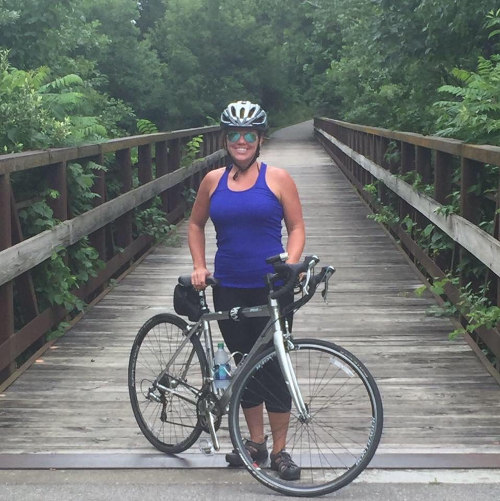
Phelps used yoga techniques to prep runners in Des Moines’ 20K Dam to Dam race — which she has also completed — helping them map out the race course in their minds and warm up with Sun Salutation A.
“I don’t know if it helped them but it really helped me, visualizing the running, feeling right, feeling fast,” she said. “That form of meditation can really help with your mindset. We use that a lot in life-coaching. If you visualize doing it, you’re more likely to do it.”
From New U’s power yoga classes to its collaborative therapy and “goal-crusher” workshops, Phelps shares her strategies for balancing fitness and wellness, a runner’s energy and a yogi’s steadiness.
“I think the biggest feedback I’ve gotten from students is they see not only mental growth but physical growth as well,” she said. “They feel stronger. They can do inversions they weren’t able to do. They have a better mindset.”
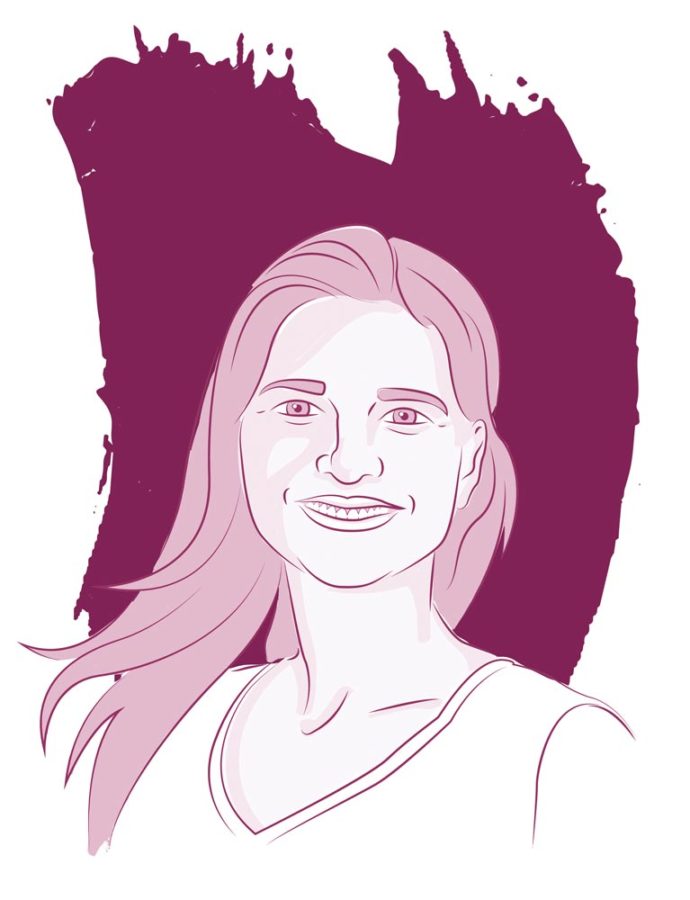
Nikki Thies
Nikki Thies has run two full marathons, two half marathons, seven of Des Moines’ 20K Dam to Dam races (including the 39th and final Dam to Dam on June 2) and so many 5Ks and 10Ks she’s lost count.
She’s not always in a running mood, though. The mother of three, full-time Wells Fargo employee and part-time yoga teacher said she learned to listen to both her body and her mind while training for her first Dam to Dam.
“I started to hate running,” she said. “When I started out I followed the training plan to a T, and that was more for mental security than anything else. There’s just a lot of self-doubt, when you start doing long distances — ‘Can I really do this?’ After a while, it’s like, ‘Yeah, I can, and I don’t have to kill myself in the process!’ You figure out what works for you.”
Thies said yoga has helped her become more aware of when she’s overexerting. She started her practice in 2005, when she was pregnant with her son. She’s now a certified instructor, teaching 24 weeks out of the year at the YMCA.
“I’m a go-go-go-go-go person and yoga helps me stay grounded, ultimately. It’s hard for me to slow down but that’s what yoga really does for me,” she said. “When you’re balancing in poses you can’t help but stay fully present.”
Thies said she often suffers from hip stiffness as a result of exercise and her desk job. Her favorite antidotes are kneeling lunges, Sun Salutations and the poses Fire Log, Double Pigeon, Head to Knee and Lord of the Fishes.
I want to enjoy it — that’s my biggest lesson. To not outrun my joy for running.
When it comes to running, Thies’ training routine consists of long runs and HIIT — high-intensity interval training — on treadmills, running for typically 18 minutes (or around two miles) on varied degrees of incline.
“I noticed a big difference when I started [HITT] because all of a sudden my pace improved a ton,” she said. “I was very consistent in my pace, and that was a big difference. You can do a lot less mileage and still get really good benefits.”
Thies has learned to let herself take a break when running becomes “just something else to do.” But she was all-in while training for this year’s Dam to Dam.
“Now it’s not ‘I have to [run],’ it’s ‘I get to,’” Thies said. “I’m happy. I’m enjoying the present moment, I’m not thinking Ugh, I have three more miles. I stay present with my breath and enjoy it for what it is.”
“I want to enjoy it — that’s my biggest lesson. To not outrun my joy for running.”
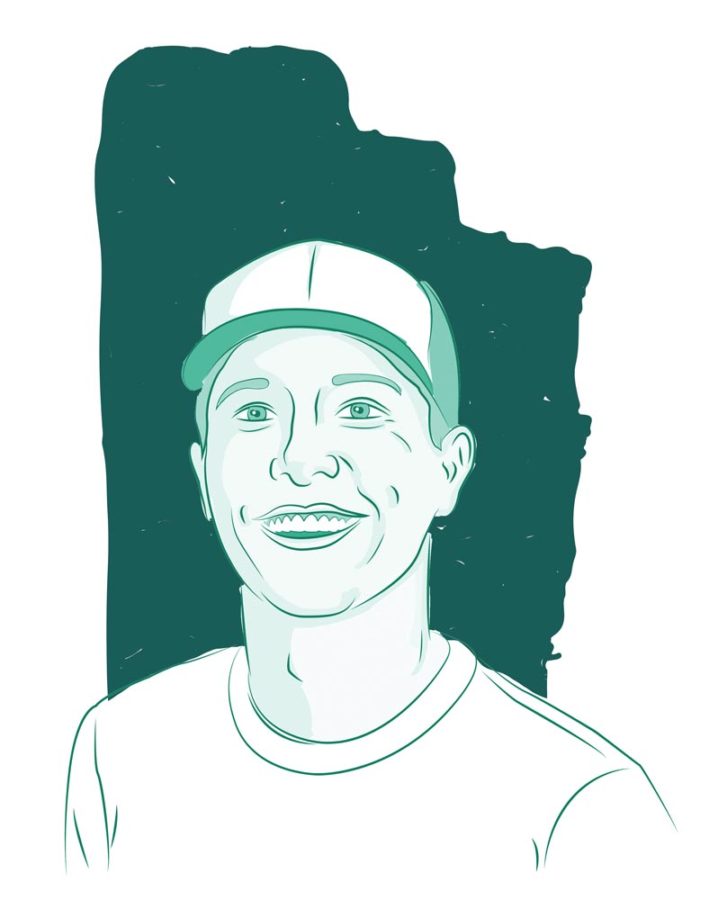
Calvin Johannsen
“I can safely assume people put me in the ‘overly active’ box,” said Calvin Johannsen, who can be found scaling rock walls, lifting weights, practicing yoga, playing ultimate frisbee or otherwise moving his body at most any given time.
“Several years back I was quite inactive, and I took up running to slim down,” he said. “My training philosophy is to be able to roll off the couch and into any event at a moment’s notice. I may not win the marathon, but I will complete it.”
Johannsen hails from a farm outside Schleswig, Iowa. He graduated from the University of Northern Iowa before moving to the “promised land” of Des Moines, where he enjoys running and biking trails and slacklining at Grey’s Park.
“After doing a few marathons,” he said, “I was drawn to the next challenge: the handstand.”
Johannsen was first introduced to yoga by a friend five years ago. “I recall the days of my heels being far off the ground in a Downward Dog,” he said. Now, Johannsen has not only completed a handstand, but made yoga a central part of his workout routine.
If I was to lay out all my activities, interests and hobbies, then overlap them into a Venn diagram, yoga would be in the middle.
“If I was to lay out all my activities, interests and hobbies, then overlap them into a Venn diagram, yoga would be in the middle,” Johannsen said. “It’s the one activity that mutual[ly] benefits (and amplifies) my abilities in all my activities … I believe it greatly enhances performance and shortens recovery time.”
Johannsen frequently posts snapshots from his yoga practice to his Instagram account @calvin.johannsen, including a 100-day yoga challenge (at least 15 minutes a day for 100 consecutive days) completed in March. He also uses his phone to learn from yoga stars such as Dylan Werner and Patrick Beach on the app AloMoves.
“For a workout, I’ll typically warm-up with a quicker paced flow to get the blood pumping and body loose. Then to wind-down my routine, I’ll settle into yin-style yoga,” he explained. “If I could only do one of my activities, it would be yoga.”
Though he’ll sometimes slow down to enjoy a Snickers bar, Johannsen said he delights in his active lifestyle, which takes him from beaches to mountains to evermore challenging arm balances.
“My current activities can be attributed to purely enjoyment and trying to be the best version of myself I can be, and seeing what my body is capable of,” he said.
Emma McClatchey is YogaIowa’s managing editor. This article was originally published in YogaIowa’s Summer 2018 issue.


